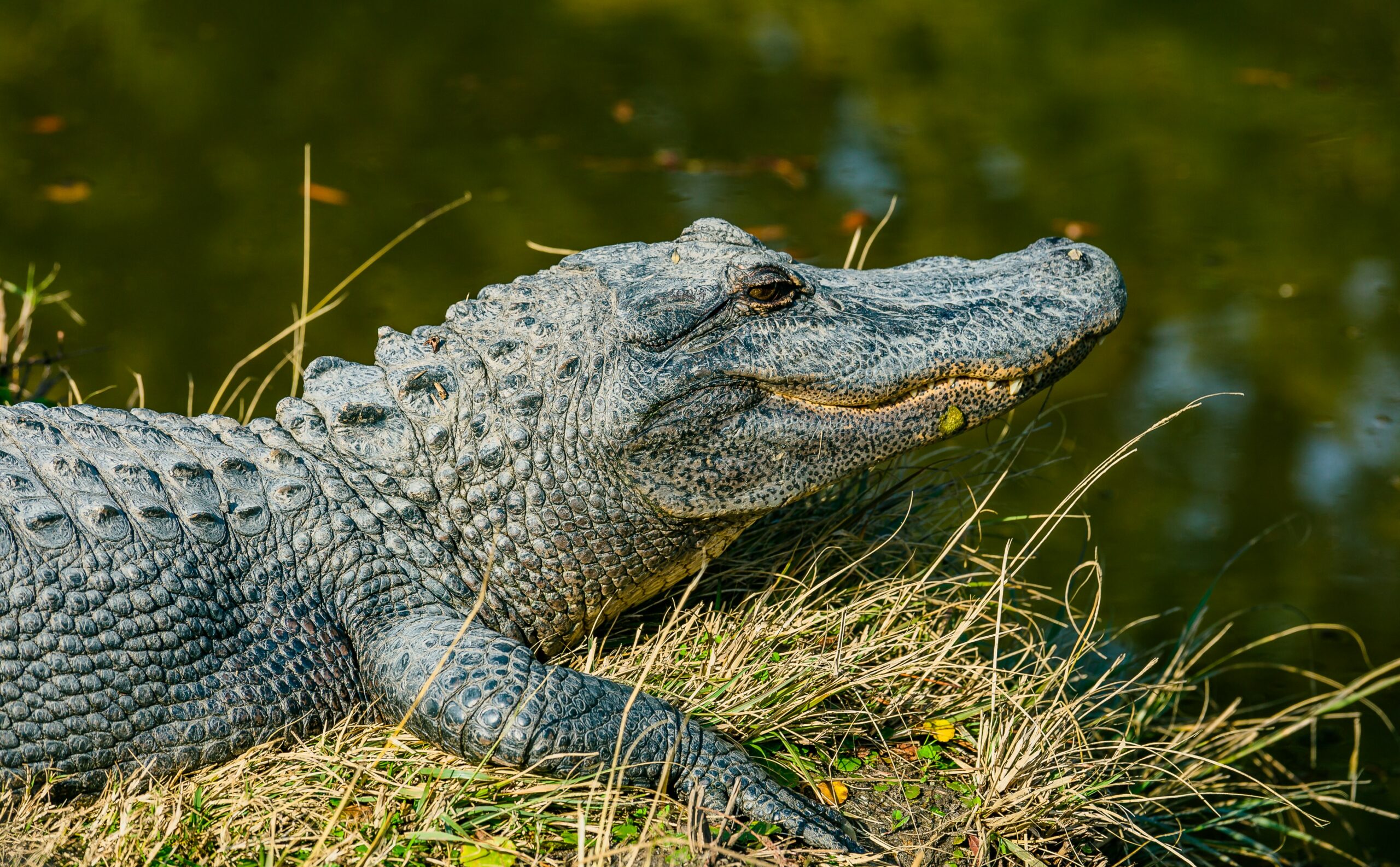Alligators are intriguing and mysterious creatures that are renowned for lurking in waterways ready to pounce on their prey. Belonging to the animal kingdom, class Reptilia, and order Crocodylia, the alligator is a reptile known for its unique characteristics and behaviors.
Alligators are large, semi-aquatic reptiles with a muscular body and a long, rounded snout. They have scaly skin covered in armor-like plates called osteoderms, which provide protection. These prehistoric-looking creatures are well adapted to their aquatic lifestyle, with webbed feet and a powerful tail that aids in swimming.
They possess a keen sense of hearing and eyes positioned on top of their head, allowing them to remain submerged in water while keeping a watchful eye on their surroundings.
Types of Alligators:
There are two living species of alligators: the American alligator (Alligator mississippiensis) and the Chinese alligator (Alligator sinensis). The American alligator is the most widely recognized and prevalent species, inhabiting freshwater habitats across the southeastern United States. The Chinese alligator, on the other hand, is much rarer and restricted to specific regions within China.
The alligator plays a crucial role in its ecosystems. As apex predators, they help regulate populations of prey species, maintaining balance within their habitats. Additionally, alligators create and maintain wetland habitats through their burrowing activities. Their presence contributes to biodiversity, providing refuge and resources for various plants and animals.
Alligators Summary
In conclusion, the alligator is a remarkable reptile that has roamed the Earth for millions of years. Their physical adaptations, distinct behaviors, and ecological significance make them an important part of our natural world.
Alligators play a crucial role in their ecosystems. As apex predators, they help regulate populations of prey species, maintaining balance within their habitats. Additionally, alligators create and maintain wetland habitats through their burrowing activities. Their presence contributes to biodiversity, providing refuge and resources for various plants and animals.
Understanding and appreciating these ancient creatures helps us develop a deeper respect for the delicate balance of nature and the incredible diversity it encompasses.



































































